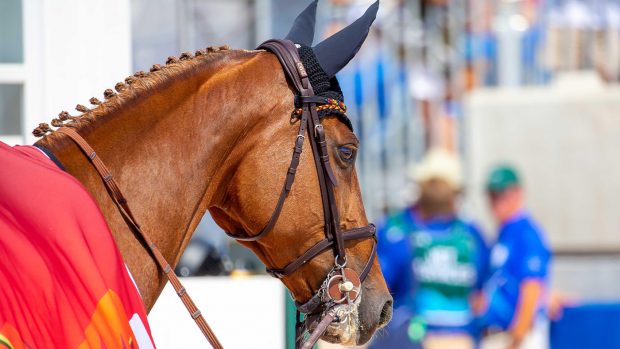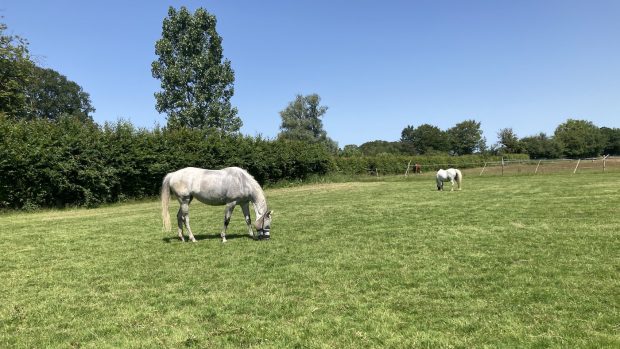We’ve seen them adorn the faces of top athletes, footballers and rugby players, and now nasal strips are becoming commonplace on the noses of top event horses.
Who uses them?
Mostly eventers in the cross-country phase (they are forbidden in racing under Jockey Club rules). Andrew Hoy’s Badminton-winning ride, Moon Fleet, won the premier event wearing one.
“I started using them two years ago,” says Andrew. “I’d seen them being used on horses and humans and discussed their use with a vet. I had used a human one myself when I had a cold, and it seemed to help. I now use them on my horses at top events to give them every opportunity.”
Eventer Francis Whittington also uses them on his advanced horse Spin Doctor. “I’d tried the human version and noticed the difference,” he says. “I believe it makes it easier for him to breathe so he can last the distance.”
How long have they been around?
The strips were invented in 1987 by a gentleman suffering from allergies. By the early 1990s they were in production for humans, and used for a variety of reasons, including colds, allergies, snoring and athletic performance. They work by restricting the partial collapse of the soft tissues of the nose when it is under pressure because of the vacuum caused by the lungs — during exercise or infection, for example. This natural partial collapse increases the effort needed to fill the lungs.
Two vets, Edward Blach and James Chiapetta, began researching the possibilities that the strips could benefit equine athletes, who also suffer from this partial collapse of nasal soft tissue during intense exercise. As a result they developed the Flair strip.
What does the manufacturer say?
“By getting more oxygen into the lungs, the horse is less likely to get exhausted and less likely to be injured. It’s just as helpful to your cob jumping round a pre-novice course as a four-star eventer.”
Do they work?
Independent scientific research into the effectiveness of the strips shows respiratory turbulence is reduced during exercise, making breathing easier. The respiratory muscles do not have to work as hard reducing the horse’s overall workload.
How do you use them?
They come with fitting instructions and are attached like a plaster — peel off the backing to stick it on, and then peel off. The makers assure it doesn’t hurt the horse.
A single strip costs £6.95 or a pack of six costs £39.95. They are not reusable. Contact Horsefair (tel: 01794 389085)




